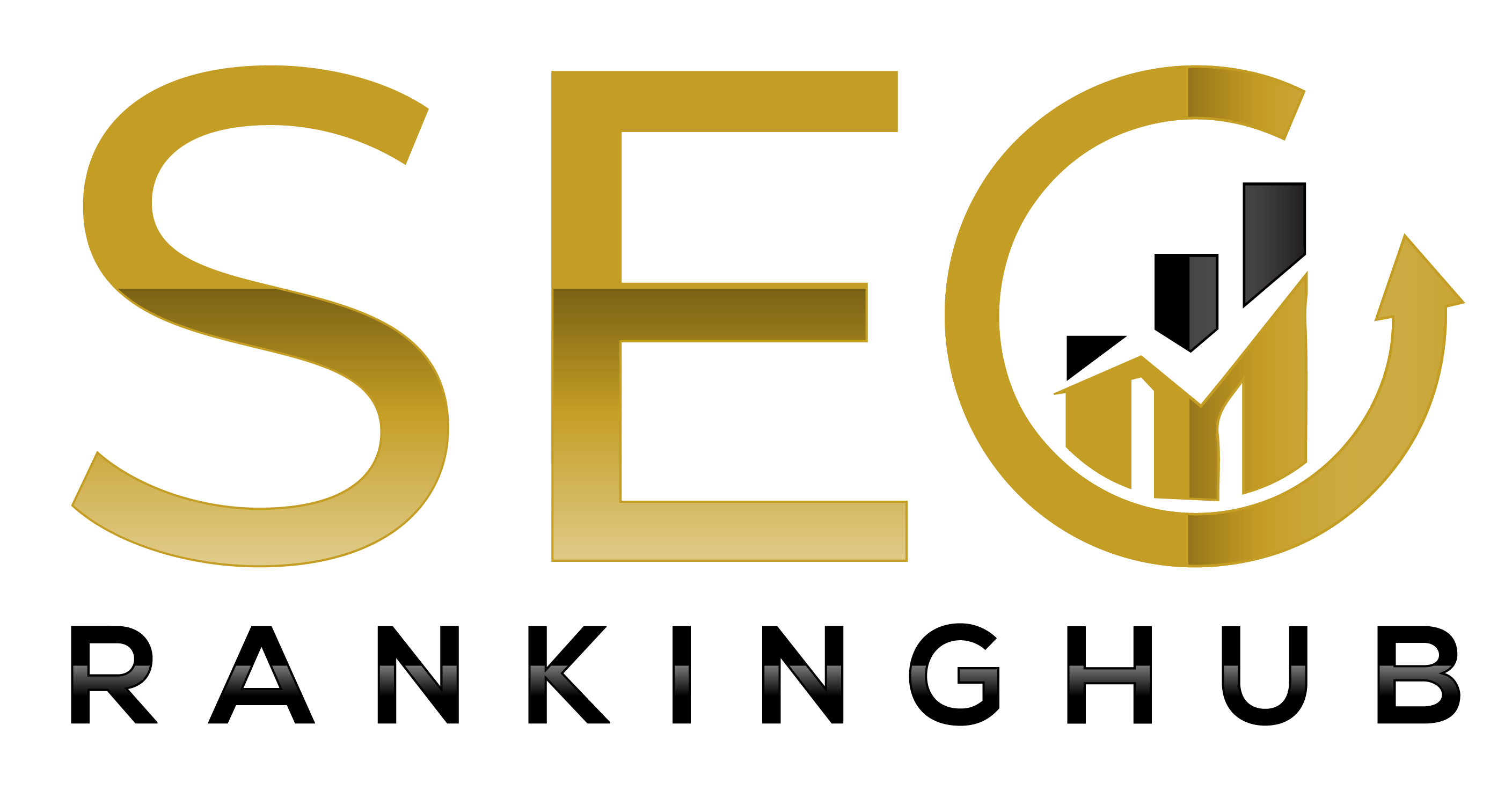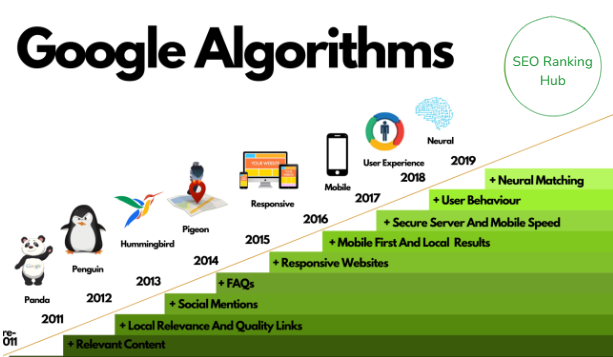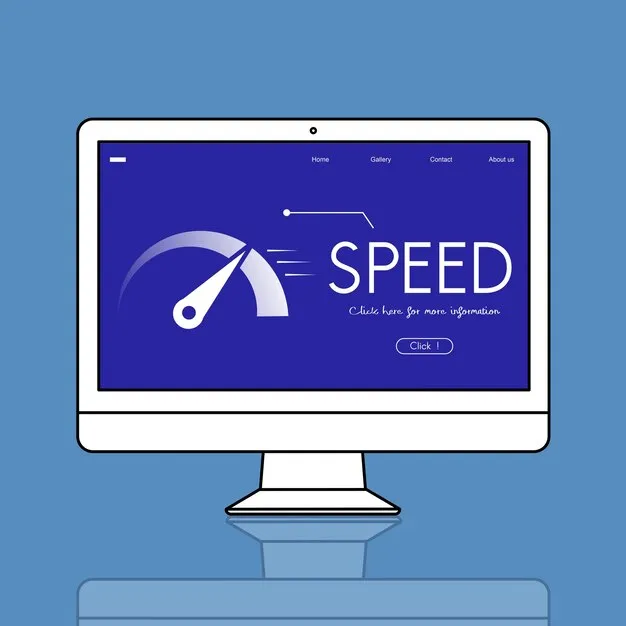
SEO Best Practice On-Page for 2025
Introduction
In the dynamic world of digital marketing, it is necessary to maintain a competitive leadership with the latest SEO trends. Search engines are evolving continuously, and SEO on the site is one of the most important factors for improving the site’s visibility. Since companies are competing for fast top seekers, it is important to succeed in understanding the best SEO practice on the 2025 page. This broad guide will help you get better ranking and customizing the content and web pages to provide you with an excellent user experience.
Why SEO on the page means something in 2025
Search engines become more sophisticated, user experience, material relevance and technical adaptation are much more focused on. The SEO search engine on the page includes techniques used on web pages directly to improve motor rankings and attract organic traffic. Using effective SEO strategies on the page ensures that your content is both attractive to search engine and attractive to visitors.
The benefits of SEO on the page
- Better visibility: The high ranking of the search engine results in more organic traffic.
- Better user experience: A well -customized page provides a comfortable and pleasant experience for users.
- Increased commitment: High quality materials and sharp load time give rise to user sessions for a long time.
- Cost relationship strategy: Unlike paid ads, SEO provides long -term results.
Main places SEO best practice
1. Conduct full keyword research
Keyword research is still the basis for effective SEOs on the page. In 2025, however, the focus has moved to the user’s intentions and condensed keywords. Use tools such as Ahrefs, Semrush and Google Keyword Planner.
Long-tail and question-based keywords indicate that users apply with intentions.
When searching for specific terms, you can analyze the search intention to understand what users expect.
Avoid keyword stuffing; Instead, integrate the keyword naturally into the material.
2. Adapt the material for E-A-T (competence, authority, reliability)
Google Preferences Materials showing E-A-T. This ensures that users receive accurate and reliable information.
- Specialization: Write content that reflects the deeper knowledge of the subject.
- Authority: Author BIOS, credentials and links to reliable sources are included.
- Trust: Maintain openness with clear contact information, privacy rules and Safe Connections (HTTPS).
3. Layer, attractive materials of high quality
The material is still king, but the quality and relevance are more important than ever.
- Reply to the user request wide and provide action-rich insights.
- Keep the material fresh and updated to maintain relevance.
- Use multimedia elements such as images, infographics, and videos to increase engagement.
- Break content with heading, bullet points, and short paragraphs for better readability.
4. Customize the page title and meta details
- Write the compelling title code (less than 60 characters) that includes the target keyword.
- Make meta details (under 160 characters) that encourage users to click.
- Avoid duplicate title code on your site.
- Use natural focus keywords in the title and details.
5. Improve the side load speed
Site speed is an important ranking factor that directly affects the user experience.
- Compress images to reduce file size without compromising quality.
- Use the checkout plugins to increase the load time.
- Minimize HTTP requests and server response time.
- Consider using a content delivery network (CDN) to distribute the material faster.
- Test and monitor the speed of your page using a tool such as Google PageSpeed Insights.
6. Use mobile-first design
With Google prioritizing mobile-first indexing, your site should be completely responsive.
- Make sure your design is originally adapted to different screen sizes.
- Test navigation and page load time on mobile devices.
- Prioritize mobile-friendly material setup and touch-friendly buttons.
7. Structure material with heading (H1, H2, H3)
Proper material structure helps search engines and use your site helps you navigate.
- Use a single H1 tag per page that includes the main keyword.
- Arrange the material with H2 and H3 sub-headings for better readability.
- Include natural keywords in your titles.
8. Customize the images and multimedia elements
Visual elements improve the engagement, but should be adapted to the search engine.
- Including relevant keywords, use descriptive alt-text for images.
- Compress images without waiving quality to improve the load speed.
- Use lazy loading to increase performance.
- Make sure video files are properly built and not breaking the page.
9. Include internal and external links
Links help users search for related material and create website authority.
- Internal Links: To improve navigation, guide users to other relevant pages on your site.
- External Links: Link to high-authority sources when suitable for adding value.
- Ensure open links in a new tab to maintain user engagement.
10. Increase user experience (UX)
User experience is an important ranking factor.
- Ensure clear and intuitive site navigation.
- Customize the Call-To-Action (CTA) button for better conversions.
- Reduce intrusive pop-ups and distractions.
- Test site setup for both desktop and mobile to ensure a simple experience.
11. Use structured data markup
Schema Markup helps the engine understand your content better and improves your search rankings.
- Use structured data on articles, products, reviews, and frequently asked questions (FAQs).
- Use tools such as Google’s structured data testing tool to validate your selection.
12. Adapt to voice searches
With the increase of voice-activated units, adaptation is necessary for voice searches.
- Be aware of natural, conversational phrases.
- Answer the questions directly in your content.
- Targeted keywords with long-tail that match questions about voice searches.
13. Maintain a safe and accessible website (https)
Security and accessibility are preferences for both search engines and users.
- Make sure your site uses HTTPS for secure connections.
- Keep plugins and software updated to prevent vulnerabilities.
- Provide accessible content for disabled users.
14. Monitor analysis and performance metrics
Result and analysis performance are required for ongoing SEO success.
- Use Google Analytics to monitor user behavior and traffic sources.
- Track keyword rankings and site issues using Google Search Console.
- Analyze metrics such as bounce rate, session duration, and conversion rates.
- Take data-driven decisions to improve SEO on the page.
To avoid general SEO errors on the page
- Keyword stuffing: Overloading material with keywords can damage the ranking.
- Ignoring mobile adaptation: A website that is not responsive affects the user experience.
- Duplicated material: Avoid publishing similar materials on pages.
- Neglecting meta-tags: Missing or poorly written tags can reduce click-through rates.
- Low page load time: Slow loading time prevents users and affects search rankings.
Conclusion
In 2025, SEO requires a holistic approach that emphasizes high-quality user experience, high-quality content, and technical skill. By using these best practices, you can increase the site’s visibility, engagement, and ranking on search engines. SEO will keep you ahead of the competition by staying favorable and informed about trends.
Start optimizing your pages today to ensure long-term success in the evolving digital landscape.











